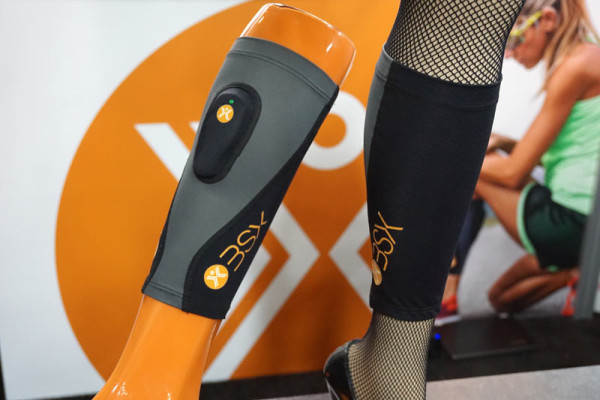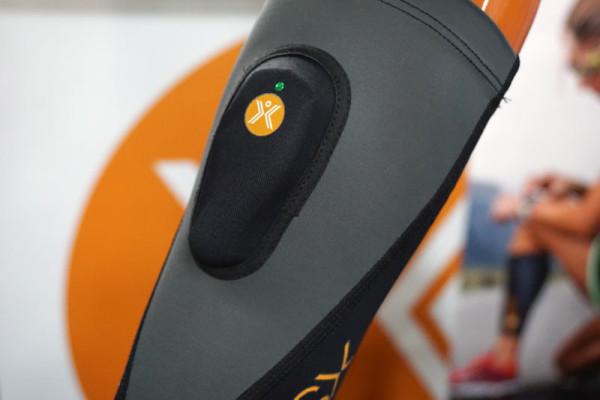First introduced at Interbike 2014, the BSX Insight is a wearable monitor that could determine lactate threshold, also known as anaerobic threshold. Then, earlier this year, they taught it a new trick by figuring out how to also measure aerobic threshold, which let you fine tune your training zones. Now, it’s gone to graduate school and learned how to also measure muscle oxygenation, which will show you exactly when you’re ready to attack.
Interested? Probably best to geek out on the first two posts (linked above) to get the background on the device and how and why LT and AT measurements are useful, then dive into why muscle oxygenation takes things to a whole new level…
Muscle oxygenation, also known as SmO2, is a weird metric at first. It’s not hard to understand what it is, but putting it to good use is something everyone’s still figuring out. At the moment, the BSX Insight is the only device capable of measuring it, but they already have partners like Garmin building it into future firmware updates to show the metric on cycling computers.
The BSX device pairs with your power meter and HR monitor by ANT+, which it uses along with the muscle oxygen levels to determine LT. If you only want to see SmO2, you don’t need the power or HR meters, you can just pair it with a Garmin as an ANT+ cadence sensor and the SmO2 number will appear in your cadence spot.
Here’s why you want to know it:
Let’s say you sprinted at a high power output, you’d see your Watts and HR go up and SmO2 goes down, kind of like watching a sports car’s fuel gauge drain when racing it around at full throttle. As you slow down and recover, the SmO2 number will move back toward baseline. When it does, your muscles are recovered and ready for another effort. This is helpful if, say, you’ve got a set of intervals to do with 30 seconds rest between them. Now, if you watch the oxy number between intervals, you’ll know if you need to rest a little longer to make the most of each interval rather than robotically spinning :30 on, :30 off.
During normal riding, it’ll help you see which cadence is most efficient for your muscles at the same power output. And if you’re timing an attack, it’ll help you know if you’re ready and how long you’re able to hold it. Same with a long climb, on which you might think you’ll able to hold a certain power output and heart rate, but things like altitude, hydration levels, etc., mean you’re body’s thinking something else. SmO2 levels will give you better insight into what you’re really ready for.
It can also help you figure out the best way to recover in a group effort. Say you take a pull at the front, then rotate back. Should you spin fast or mash a bigger gear to recover quicker? Sm02 numbers will show you exactly which combo brings levels back up the quickest.
It’s a relatively new metric, so we’re all still figuring out what the numbers mean in the grand scheme of things. At a minimum, it’s poised to be one of the more useful numbers in determining your ideal effort levels and recovery methods.

